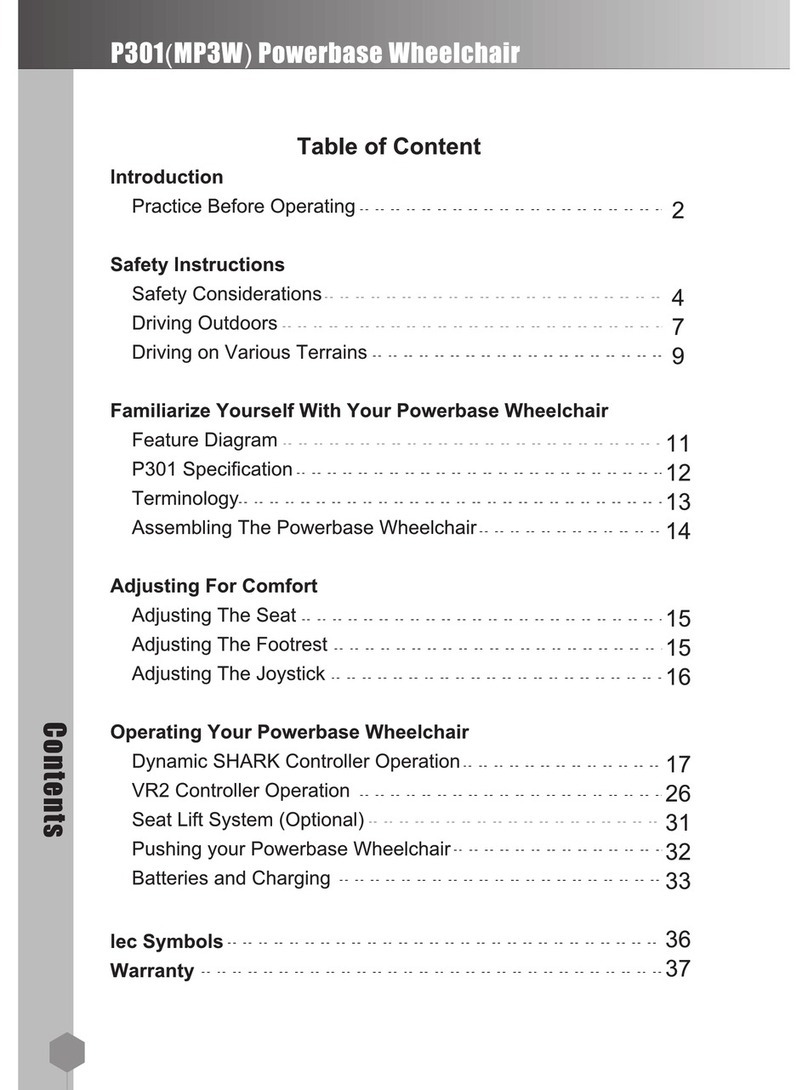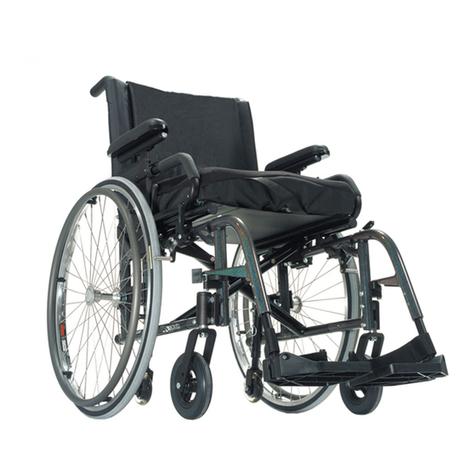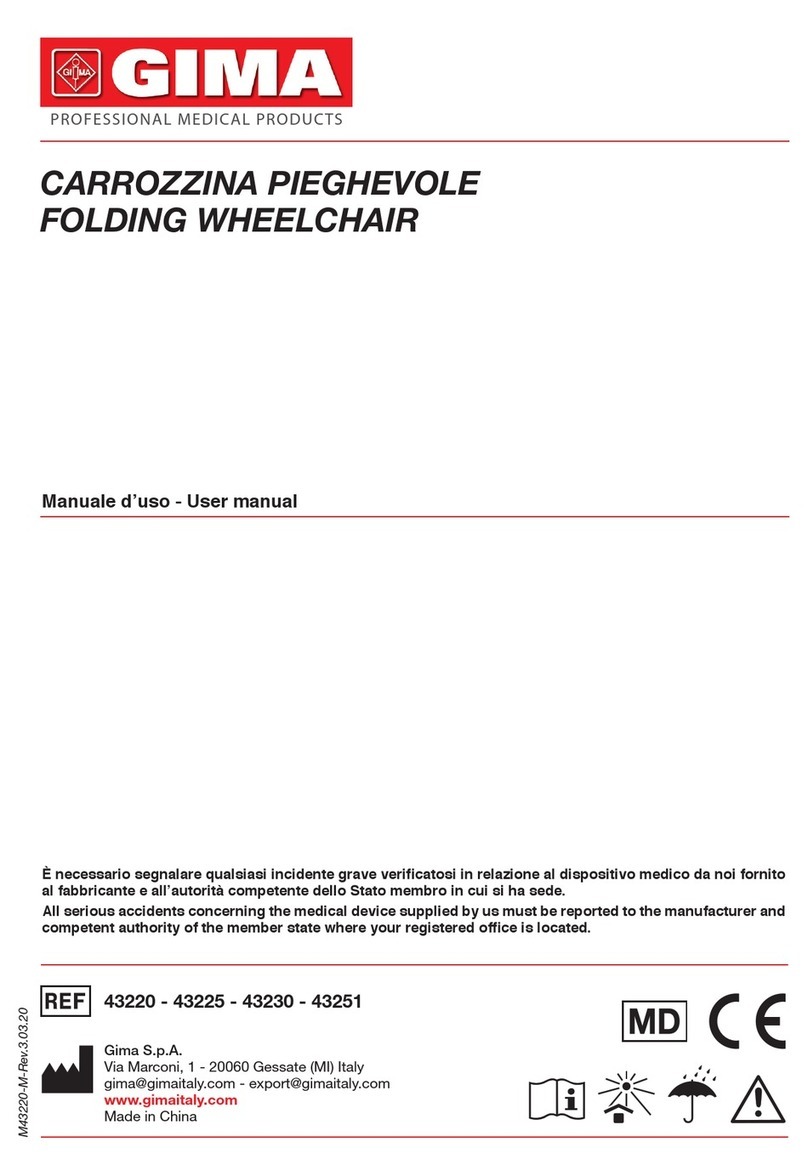SOS T Max User manual

USER’S MANUAL
ALL USER’S OF THE EQUIPMENT SHOULD BE AWARE
OF THIS DOCUMENTAND ITS CONTENT
ISSUE 2
T Max
Toilet/Shower Seat
|CLASS 1 & CUSTOM MADE DEVICE

1
Index
CONTENTS PAGE
Index 1
Introduction 2
Clinical Review 2
Safety & Stability 3
1.0 User’s Guide “Lifting and Handling the Client”
1.1 Lifting and Handling the Client in & out of T Max Toilet/Shower Seat 4
1.2 Client Straps, Harnesses 4
1.3 Tilt Operation (Manual) 5
1.4 Tilt Operation (Assisted) 5
2.0 User’s Guide “Optional Features”
2.1 Toilet Seat Pan 6
2.2 Adjustable Headrest 6
2.3 Height Adjustable Footrest 7
2.4 Angle Adjustable Backrest 7
3.0 User’s Guide “Maintenance of the T Max Toilet/Shower Seat”
3.1 Cleaning the T Max Toilet/Shower Seat 8
3.2 Cleaning the Frame 8
3.3 Client Safety Belts 8
3.4 Visual Inspection 9
“If You Detect a Fault or Breakage” 10
CONTACT DETAILS Backpage

2
‘T’ MAX TOILET/SHOWER SEAT
(Class 1 & Custom Made Device)
Introduction
The ‘T’ Max range of toilet seats are available In a range of standard and custom sizes to
suit the needs of a large number of clients. ‘T’ Max seats provide a high level of postural
support and control to assist with bathing and toileting.
This• Users Guide for the ‘T’ Max Toilet/Shower Seat is designed to give guidance on
its use and maintenance.
All
• ‘T’ Max Toilet/Shower Seats are designed to give optimum comfort and support for
the client.
I
• tisrecommendedthatduringtherstdaysofusingthe‘T’Max,carer’smonitortheir
client’s use of the equipment to make sure that there are no problems and particularly
with regard to any pressure problems arising.
The
• maintenance and safety instructions described in the manual must be carried out
as instructed.
Standard Sized ‘T’ Max’s (Symmetrical)
The• ‘T’ Max Toilet/Shower Seats are available in different sizes and can be used for
various clients whose dimensions fall within the size range of the seat.
It
• is always recommended that assessments for a standard ‘T’ Max is done with a
qualiedtherapistinattendanceifpossible.
Customised
The• Custom Moulded ‘T’ Max Toilet/Shower Seat is custom made to suit an individual
clients postural requirements.
This
• will involve an assessment by one of our clinical specialists.
Each
• Moulded ‘T’ Max is manufactured for a particular individual and therefore cannot
be used by anyone else.
Clinical Review
It• is recommended that the equipment is reviewed on a regular basis to ensure that it
still meets the needs of the client, it is recommended also that this review is carried out
byasuitablyqualiedpersonsuchasacommunitynurseTherapist/clinician.Thisis
essential to make sure that the equipment remains suitable for the client to use.
Users
• can also contact Specialised Orthotic Services Limited for assistance with
Clinical Review of the equipment. (Please see contact details in this manual)

3
Safety & Stability
Always• check that the Toilet/Shower seat is not damaged and safe to use before
placing the client into the seating system.
Inspect
• and check/clean the wheels, especially the brakes periodically to maintain
correct operation.
Always
• use the brakes whilst the ‘T’ Max Toilet/Shower Seat is in use.
NEVER
• leave the client in the ‘T’ Max Toilet/Shower Seat on their own unless the
client is physically capable of looking after themselves.
Always
• steer clear of obstacles where possible.
When
• using the equipment never attempt to climb or descend an incline where
the surface is rough, wet or slippery.
WARNING:
• Whilst the client is seated in the ‘T’ Max Toilet/Shower Seat, the
attachment of any heavy object to the equipment may have a serious effect on
the overall stability of the Seat and may place the safety of the client at risk.

USER GUIDE 1.0
1.1. LIFTING & HANDLING THE CLIENT IN & OUT OF THE ‘T’ MAX
TOILET/SHOWER SEAT
Most• users of the ‘T’ Max Toilet/Shower Seat will
need to be hoisted into the equipment. Manually
lifting the client is not recommended, however
with some clients it may not be possible to
hoist them safely by conventional means and in
instances such as this you are recommended to
carry out a ‘RISKASSESSMENT’ to assess the
risks involved in any such action.
It• is important that all carers are aware of the
Health & Safety guidelines for ‘Liftingand
Handling’.
Before• lifting the client make sure all straps are
placed out side of the Seat. This will avoid the
straps becoming trapped under the client when seated.
When• using the hoist, make sure that you follow the hoistmanufacturersinstructions
regarding correct use.
On• lowering the client into the Seat make sure that the client’s hips / pelvis are located
as far back as possible into the Moulded Seat and that the brakes are applied (Fig.1.1a)
Please
• note, that it is very important that the client is correctly positioned to give
maximum comfort and support.
1.2. CLIENT STRAPS / HARNESSES
Secure• all straps / harness supplied. Straps and harness must be fastened.
Client• beltsttedtotheequipmentaredesignedtobeusedtoassistwithsafeuseofthe
equipment by the client.
Clients• must never be left in the equipment without fastening a safety belt in position as
this could place the client at risk of falling.
Also• , make sure that when straps are fastened that these are adjusted correctly as it is
also dangerous to have straps too loose.
4
Fig.1.1a

5
1.3. TILT OPERATION (Manual)
Make• sure that all foot brakes are applied to the wheels (Fig.1.3a).
Release
• both knobs (Fig.1.3b), raise/lower seat to desired position then re-tighten both
knobs.
When
• raising the tilt to the full upright position safety pins will click into position on the
rear adjuster rails. These pins need to be depressed by pressing to allow the seat to
recline.
1.4. TILT OPERATION (Gas Strut Assisted)
Make• sure that all foot brakes are applied to the wheels (Fig.1.4a).
Squeeze
• the lever (Fig.1.4b) and apply your weight to the handle until desired angle of
tilt is achieved then release the lever. To raise the seat just squeeze the lever until tilt
required and release.
Fig.1.3a Fig.1.3b
Fig.1.4a Fig.1.4b

6
USER GUIDE 2.0
(ACCESSORIES)
2.1. TOILET SEAT PAN (if tted)
Before• placing the client in the Toilet Seat make sure that the pan is in place as shown
(Fig.2.1a) unless the seating system is to be used over a conventional disabled toilet.
To
• empty the contents or cleaning the pan, pull out the tray from underneath the seat
usingthengerpullsshown(Fig.2.1b),placethepanlidontothepan(ifrequired)and
remove from the tray.
After
• emptying, clean the pan thoroughly and place back into the tray, push the tray
back under the seat until it is in position as shown (Fig.2.1a).
Fig.2.1a
Fig.2.2a
Fig.2.1b
Fig.2.2b
2.2. ADJUSTABLE HEADREST (if tted)
If• theToilet/ShowerSeathasbeenttedwithanadjustableheadrest,theheadrest
will have been adjusted when the Toilet/Shower Seat was originally supplied. If any
adjustments need to be carried out this can be done by releasing the locking knobs
and adjusted for height (Fig.2.2a) and depth (Fig.2.2b), re-tighten locking knobs when
nished.

7
Fig.2.3a Fig.2.3b
Fig.2.4a Fig.2.4b
2.3. HEIGHT ADJUSTABLE FOOTREST (if tted)
If• the ‘T’ Max has an adjustable footrest, it is important that the feet are well supported
and the footrest positioned correctly.
Make
• sure that all foot brakes are applied to the wheels (Fig.2.3a).
Release
• the knob as shown (Fig,2.3b) and slide the footrest to the height required,
re-tighten the knob.
DONOT
• at any time stand on the footrests as this can result in damage or injury.
2.4. ANGLE ADJUSTABLE BACKREST (2 Piece System)
Release• the bolts as shown (Fig,2.4a) with an allen key (not supplied).
Release
• both knobs (Fig.2.4b), adjust the angle of the backrest to suit client, re-tighten
both knobs (Fig.2.4b) and re-tighten both bolts (Fig.2.4a).

8
USER GUIDE 3.0
MAINTENANCE OF THE ‘T’ MAX TOILET/SHOWER SEAT
To make sure that the ‘T’ Max Toilet/Shower Seat remains satisfactory it is necessary to
carry out simple maintenance.
3.1. CLEANING THE ‘T’ MAX TOILET/SHOWER SEAT
During• use the ‘T’ Max Toilet/Shower Seat will require cleaning. This can be done by
simply applying a warm damp cloth with a mild detergent to the inside surface of the
Moulded Seat to remove any soiling and towel dry.
If
• the Moulded Seat remains slightly damp simply leave for a short period at room
temperature to dry.
The
• Moulded Seat is manufactured from a closed cell foam which does not absorb
water.
To
• clean the outside of the Moulded Seat simply wipe down with a warm damp cloth (a
mild detergent may be used) and wipe dry
DO
• NOT PUT THE ‘T’ MAX TOILET/SHOWER SEAT NEXT TO A HOT FIRE OR
USE EXCESSIVE HEAT TO DRY AS EXCESSIVE HEAT COULD AFFECT THE
SHAPE OF THE SEAT.
DO
• NOT USE SCOURERS OR CAUSTIC SUBSTANCES SUCH AS BLEACH
3.2. CLEANING THE FRAME
The• frame of the ‘T’ Max Toilet/Shower Seat is manufactured from stainless steel and
is powder coated to give an easily clean all surface to the equipment.
The
• actual frame of the equipment can be easily cleaned with a damp cloth or a
suitable cleaning agent. It is recommended that this is done on a regular basis.
3.3. CLIENT SAFETY BELTS
Make• sure all straps are in good working order and that buckles work correctly.
If
• any show signs of fraying or any buckles are broken or faulty contact your
Wheelchair Service immediately, DONOTATTEMPTTOREPAIR.
Harnesses
• may be cleaned by applying a warm damp cloth with a mild detergent,
DONOTUSEPOLISH.

9
3.4. VISUAL INSPECTION
On• a monthly basis it is recommended that the equipment is inspected to check for
any faults.
Look
• at the tubular frame and make sure that there are no signs of damage or
distortion.
Make
• sure that the custom moulded seat is securely attached to the supporting
framework.
Make
• sure that there are no signs of severe damage to the actual seat itself which
could cause discomfort or injury to the client. If any such faults are discovered it is
recommended that these are dealt with effectively before using the equipment again.
Check
• all moving parts such as footrests, headrests and other ancillary equipment
attached to the seat to make sure that these all work correctly and that there are no
damaged parts etc. Once again if any faults are picked up it is recommended that
these are resolved before using the equipment again.
By
• carrying out a regular inspection of the equipment you will be ensuring that the
equipment remains in good condition for safe use by the client.

10
IF YOU DETECT A FAULT OR BREAKAGE
IF YOU DETECT A FAULT OR BREAKAGE OF THE EQUIPMENT THEN REPORT1. THIS IMMEDIATELY.
UNDER2. NO CIRCUMSTANCES ARE ANY MODIFICATIONS / ALTERATIONS TO BE
DONE BY ANYONE OTHER THAN SPECIALISED ORTHOTIC SERVICES LTD (see
contact details enclosed).
TO3. CONTACT SPECIALISED ORTHOTIC SERVICES LTD PLEASE REFER TO THE
INFORMATION INCLUDED IN THIS USER MANUAL.
REPAIRS & SERVICE
Within the warranty period.
All Seating Systems manufactured by Specialised Orthotic Services Ltd. carry a guarantee
on the main parts for 12 months, excluding straps which are guaranteed for 3 months,
when used normally. If during this period the product becomes defective and needs repair
then please contact SOS (please see the end of this users guide for details).
You can also contact your local wheelchair service regarding any faults requiring attention.
Outside the warranty period.
For any goods requiring repair or attention after the guaranteed period, then assessment
can be made as to the cost of the work required to effect the repair.
On acceptance of this quotation the work will proceed.
Misuse or neglect.
The repairs necessary resulting from misuse or neglect, whether within the warranty
period or not will be charged for.
MEDICAL DEVICES DIRECTIVE 93 / 42 EEC
Specialised Orthotic Services Ltd. in compliance with the Medical Devices Directive
have an obligation to investigate and take corrective action on defective devices. To assist
us with this procedure we would appreciate your assistance in meeting this obligation by
informing us as soon as possible and make the device available for inspection as soon as
possible having become aware of a defect.
We are required to notify the Competent Authority of certain types of incidents within 10 to
30 days.
As part of our quality system we have established procedures to deal with such incidences
andwouldappreciateyourswiftnoticationtousviaourtelephone,faxore-maildetailsat
the end of this users manual.

Units 127/128, Fauld Industrial Park, Tutbury, Staffordshire. DE13 9HS
Tel: 0044 (0)1283 520400 Fax: 0044 (0)1283 520401
E-mail: [email protected]
Web: www.specialisedorthoticservices.co.uk
If you require further copies of this handout or require further details relating to any of its
content, then please contact us (Copyright applies):
Table of contents
Popular Wheelchair manuals by other brands

alerta
alerta ALT-1100 user manual

Livingston Innovations
Livingston Innovations Freedom Trax user manual

Medline
Medline MDS806250EEBC user guide
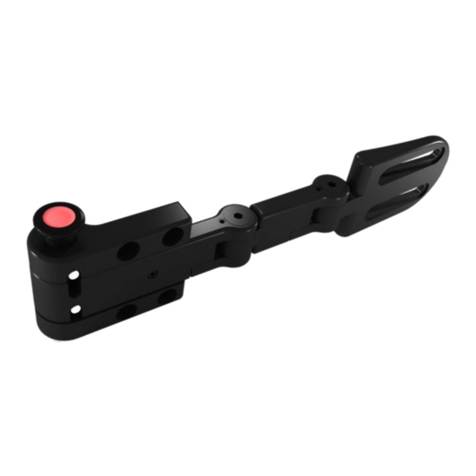
Stealth Products
Stealth Products The World's Best Laterals user manual

rainbow care
rainbow care ZINGER user guide

Invacare
Invacare rea Azalea Series Mounting instruction

Otto Bock
Otto Bock A200 Service instructions
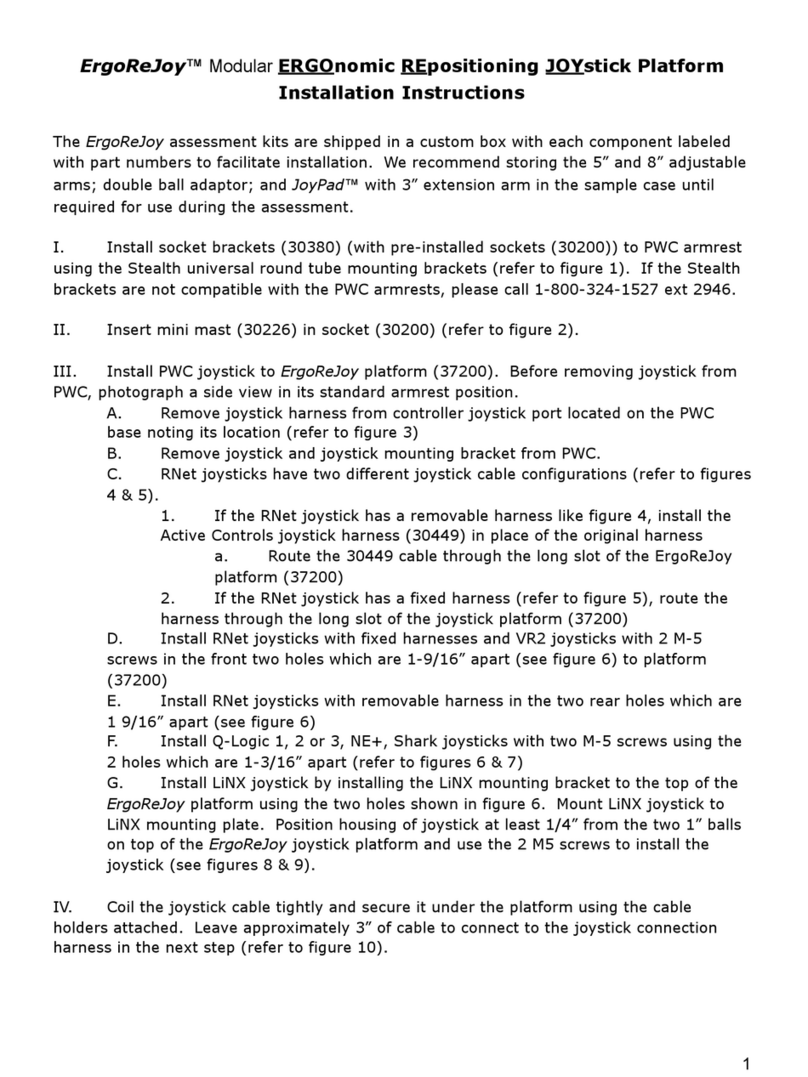
Active Controls
Active Controls ErgoReJoy installation instructions
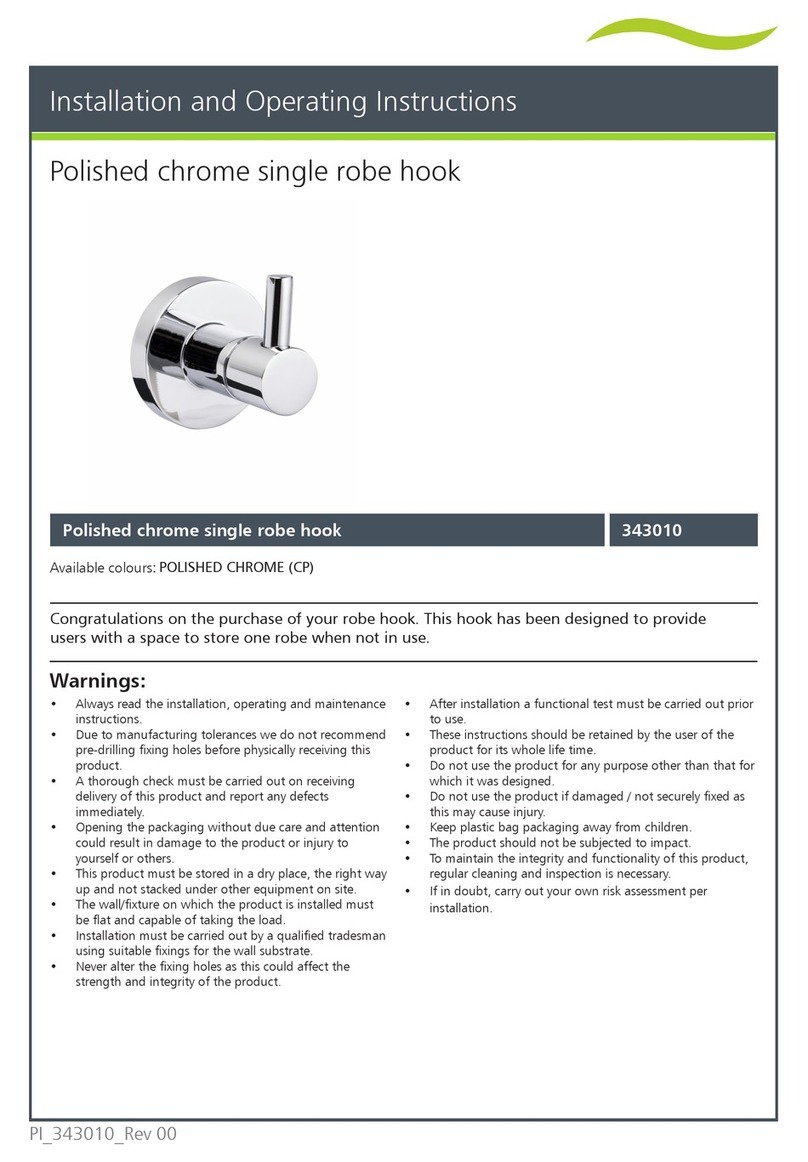
NYMAS
NYMAS 343010 Installation and operating instructions
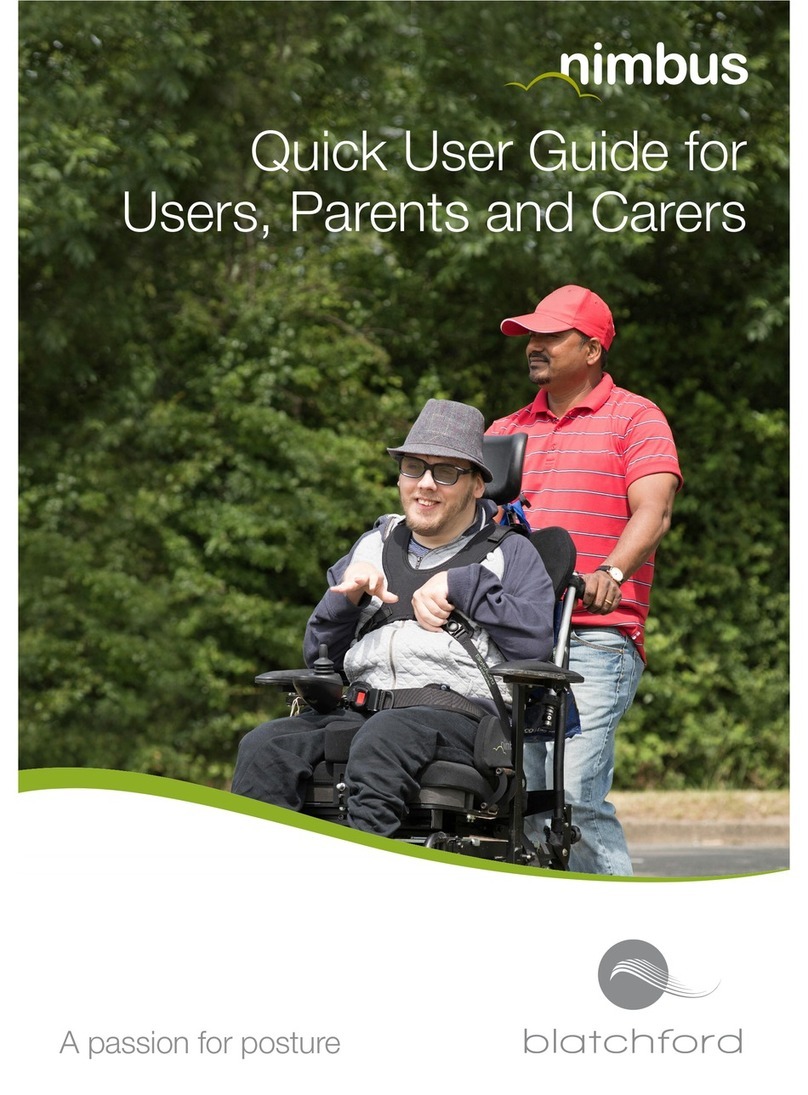
Blatchford
Blatchford Nimbus Quick user guide

Sunrise Medical
Sunrise Medical QUICKIE SOPUR Nitrum Directions for use
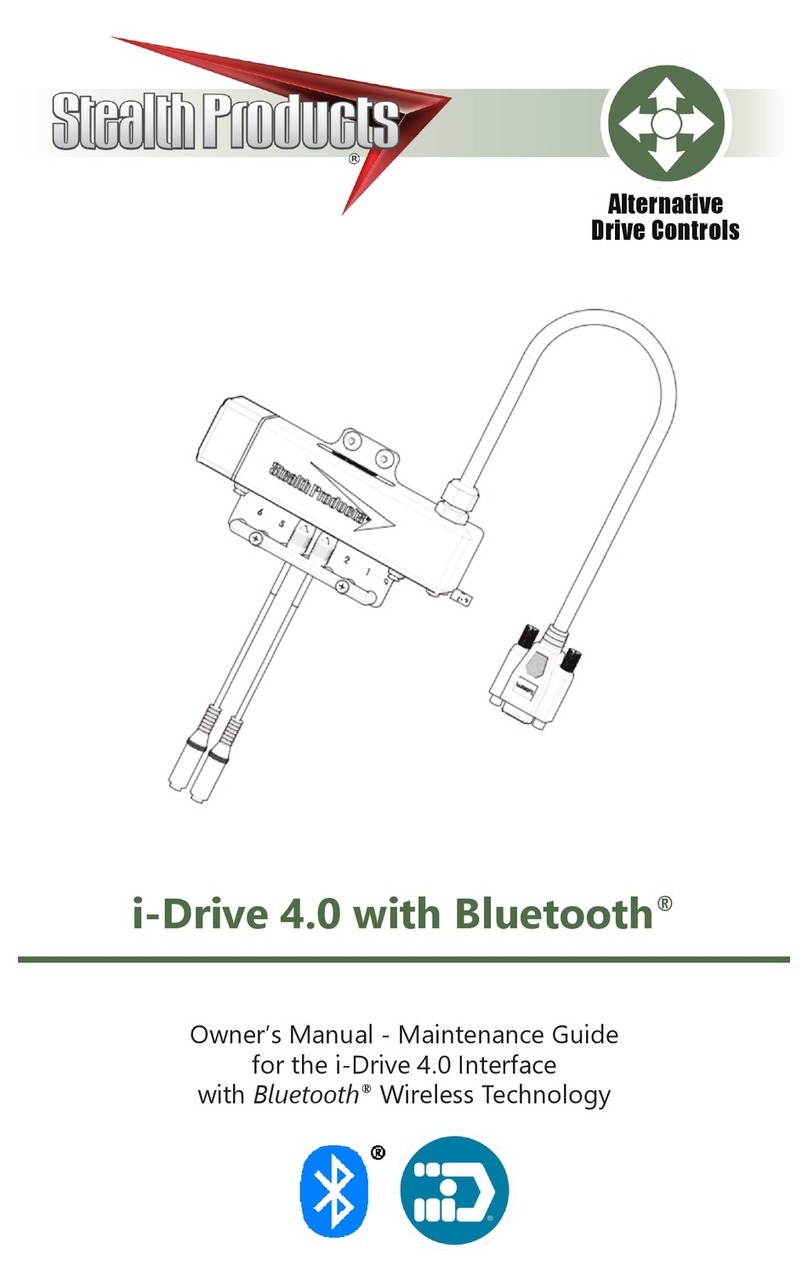
Stealth Products
Stealth Products i-Drive Owner's manual & maintenance guide
